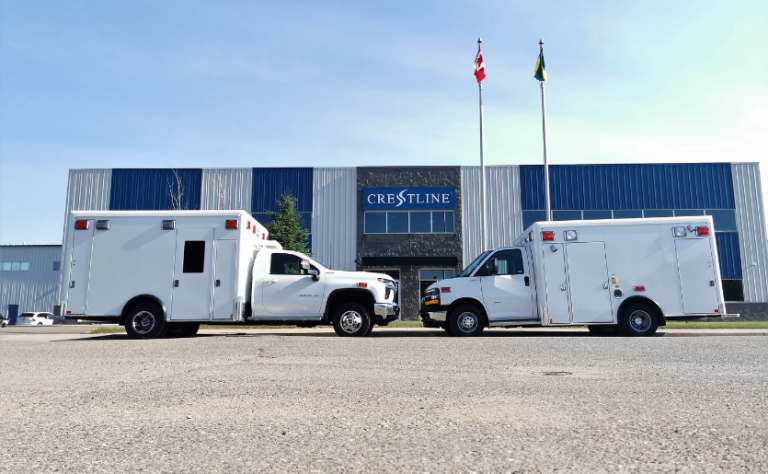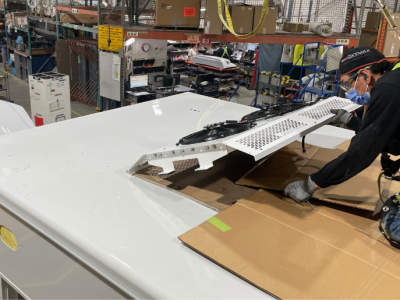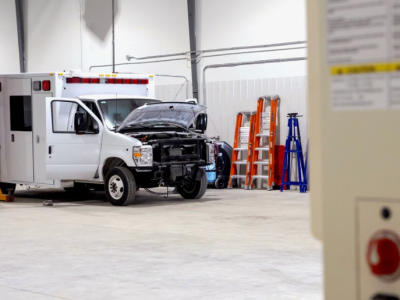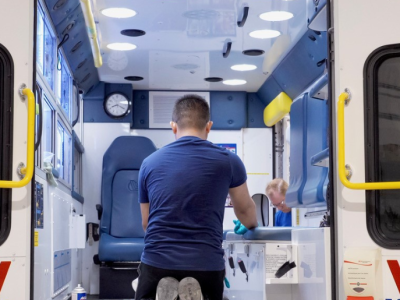There’s a famous quote from Alexander Graham Bell that said: “Before anything else, preparation is the key to success.” When it comes to something as vital as an ambulance fleet, there’s no such thing as being too prepared.
While some may already be aware of the proper planning of a fleet cycle, this article can be used as a guide for those who might be unaware of certain details. Our aim is always to make sure our customers have all the tools and information they need to receive their ambulance with the shortest delay possible. Whether you want to use this guide as a tool to help you stay well-prepared or as a refresher when planning your fleet cycle, our goal is to ensure you’re always well-equipped with dependable, quality ambulances.
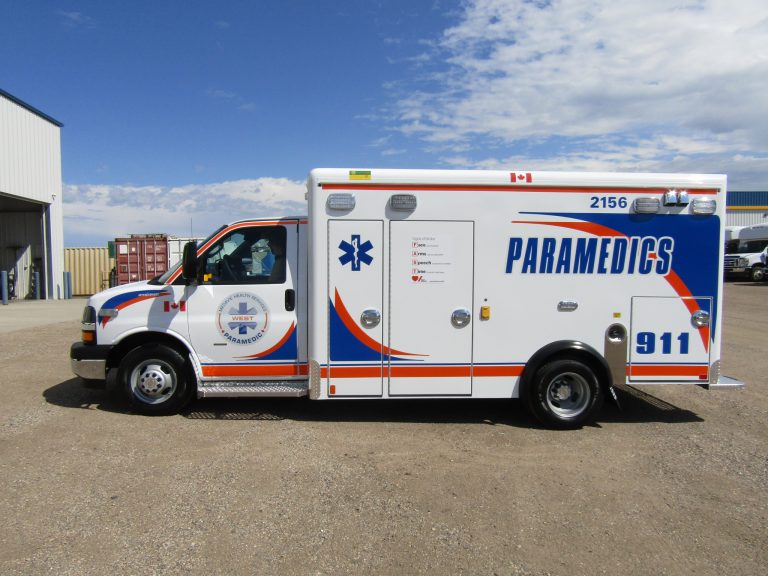
Here’s a step-by-step guide to help you prepare and streamline the process.
Assess Current Fleet and Future Needs
What is the current state of your ambulance fleet? To make a thorough evaluation, make sure to take into account the vehicle’s age, condition, usage, mileage, and operational efficiency.
Project your future needs based on call volume and the service area to ensure that the delay time and number of vehicles needed respond to the paramedic team’s needs.
Create a Fleet Replacement Plan
Develop a comprehensive fleet replacement plan that outlines when each ambulance needs to be replaced over the next 2-5 years.
Consider elements such as the vehicle’s present mileage, maintenance expenses, and the progression toward technological antiquation when establishing the appropriate replacement timing.
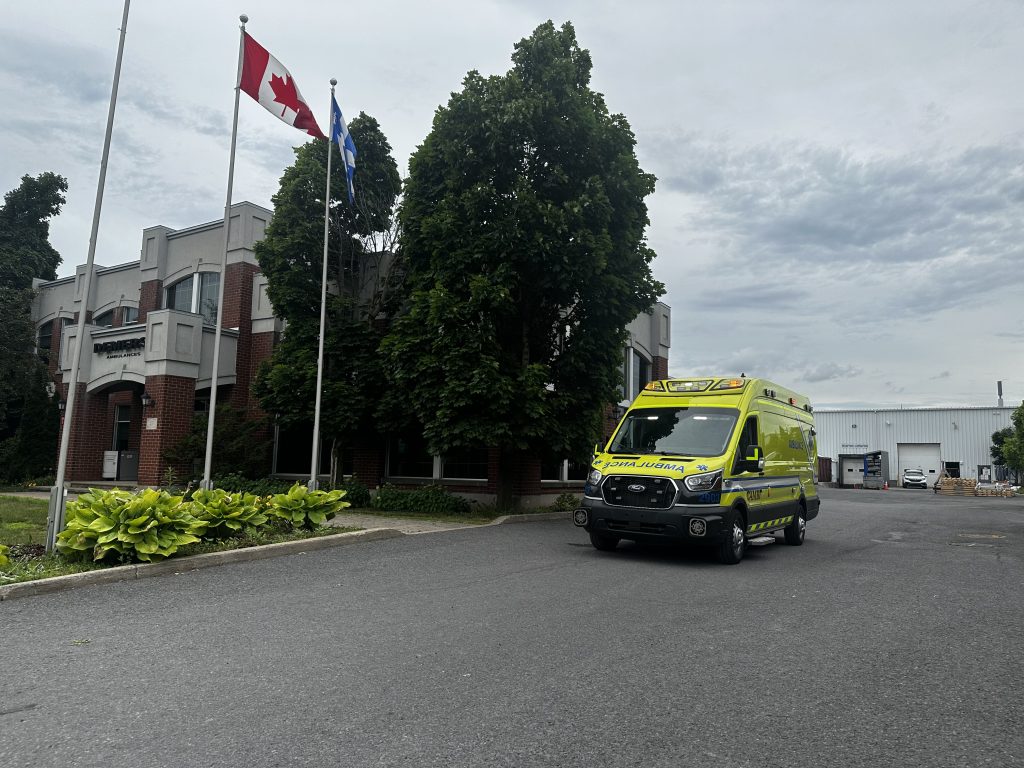
Stay in Touch with Your Sales Representative
Make sure to communicate your long-term fleet needs and your timeline to your sales representative so that they can plan and accommodate your requirements and expectations.
Budget Planning
After you have a plan in terms of what will need to be replaced, work with the finance department to create a realistic budget that includes the cost of new ambulances, equipment, maintenance, and any modifications that may be needed for the next 2-3 years.
Get Your Budget Approved
Present your budget proposal to relevant stakeholders, such as city councils, boards, or funding bodies, well in advance so that there’s enough time to place the order and meet the deadline. The quicker the approvals are sent, the faster the order process can begin, which helps reduce delays when placing the order.

Monitor Grant Opportunities
Stay informed about grant opportunities at the provincial or federal levels that may help offset the costs of ambulance purchases.
If possible, apply for grants that align with your fleet replacement plan, so all the documentation is complete before the final payment is sent.
Coordinate with your Jurisdiction for Ambulance Compliance
Ensure that your ambulance specifications comply with the standards set by your province or other relevant regulatory agencies.
The new reality post-pandemic has unfortunately increased ambulance wait times, due to several factors. Although Crestline has put in place several procedures to help speed up the delivery process, such as adding new personnel, it’s recommended to effectively plan ahead as early as possible. The earlier the process is complete, and the budget approved, the better chance the ambulance manufacturer has of scheduling your order at the earliest possible time. By doing this, we can avoid costly repairs for older vehicles or worse, a lengthy downtime for vehicles that need repairs.

